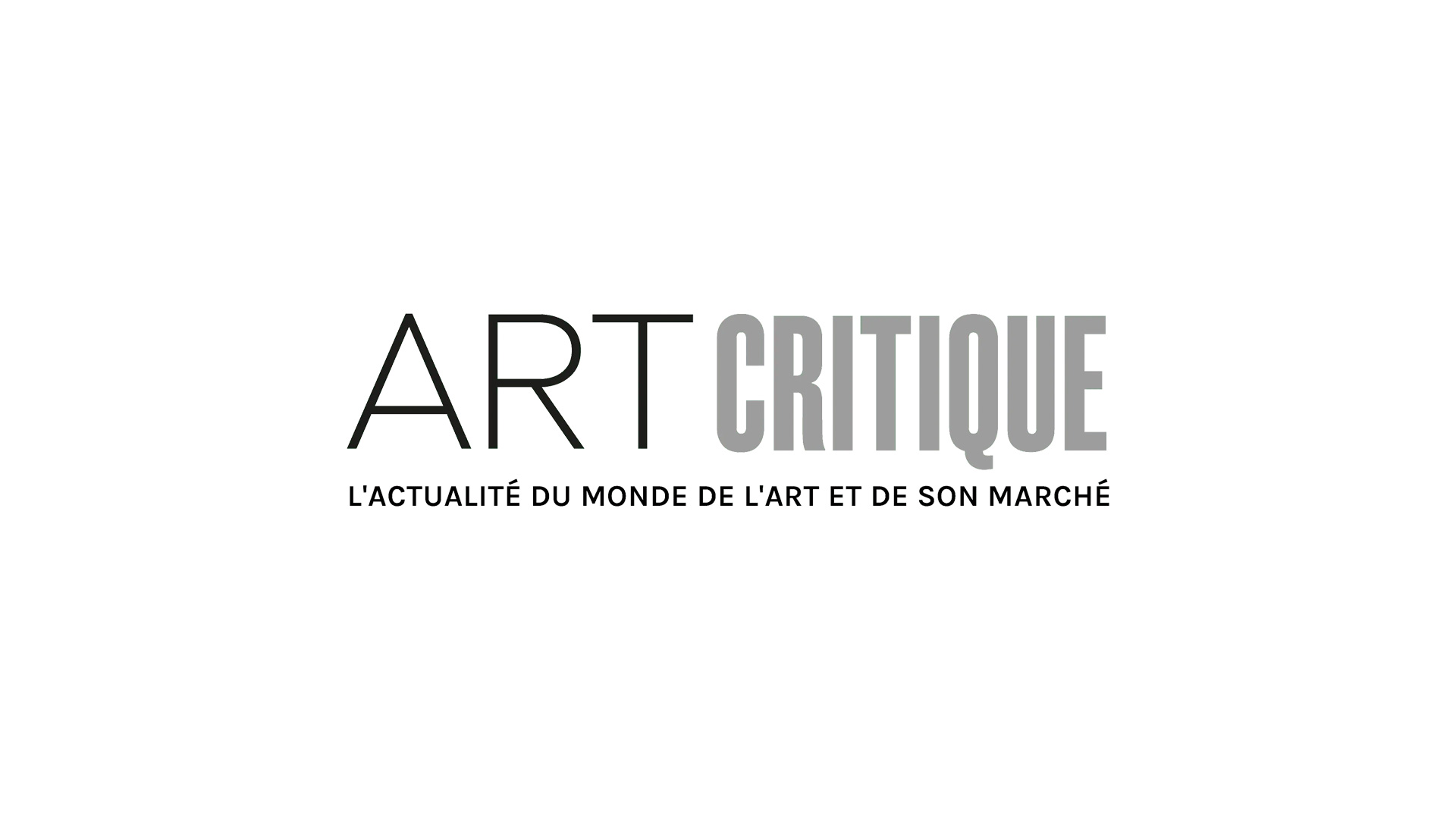‘To be a modernist,’ writes Glenn Adamson in a forthcoming catalogue, ‘was to be in constant breathless encounter with the new: abstraction, utopian politics, the path-breaking idioms of Cubism, Constructivism, Dada, and De Stijl. So much happened so quickly. Looking back at the heroic era, it can sometimes seem that we are late to the party – by a good century or so.’ The catalogue centres around the Helwaser Gallery’s current exhibition titled ‘Christina Kruse: Base and Balance,’ which focuses on Kruse’s works and offers a well-timed nod to the 100th anniversary of the Bauhaus’ founding.

18.5 x 7 x 7.5 inches. Courtesy the artist.
The body of works presented by Kruse are a progression, or perhaps the evolution, of her photographic and collage works. Over the past two years, Kruse has created a new sculptural body of work introducing another dimension to her oeuvre. The abstracted forms are the result of combining primary shapes made of materials like wood or bronze with a subdued, natural palette. Many end up resembling the human head but at each angle, they take on a new alignment. Her use of design principles calls on the Bauhaus, which championed minimalistic and streamlined designs.
Included in the show is her 2019 sculpture Detached. The work, as the name implies, feels ‘un-centered, tilted, and off-balance.’ Detached consists of a spherical work that hangs from the ceiling, just barely joined by a minute, bronze rod. Meant to feel as though the work is constantly shifting, it plays against Settled, another of Kruse’s sculptures that is a part of the exhibition. Contrary to Detached, Settled is a large-scale bronze work that appears firmly on the ground and balanced, it is, quite frankly, settled. These works, and a number of others, are accompanied by a series of preparatory studies Kruse created for the sculptures. Kruse’s works often bear an ‘uncanny [reference] to the human figure,’ which was a recurring topic in a number of her two-dimensional works as well. The exhibition’s organization doubles down on this as it reflects the tableau vivant, suggesting more connections to core Bauhaus practitioners, like Oskar Schlemmer.
Born in Germany in 1979, Kruse is currently located in New York and, throughout her career has worked within a number of mediums including painting, collage, photography, and now, of course, sculpture. Having found herself as the subject for a number of her works, her 2013 three-part performance piece, Dystonia, physically put her in her creations as she was contained in the aluminium sculpture that automatically pulled itself back upright when pushed off balance.
‘Christina Kruse: Base and Balance’ opened on May 30th and will run through July 15th at New York’s Helwaser Gallery and will be accompanied by an exhibition catalogue with essays by Joerg Tremplre and John Zinsser and foreword by Adamson.







